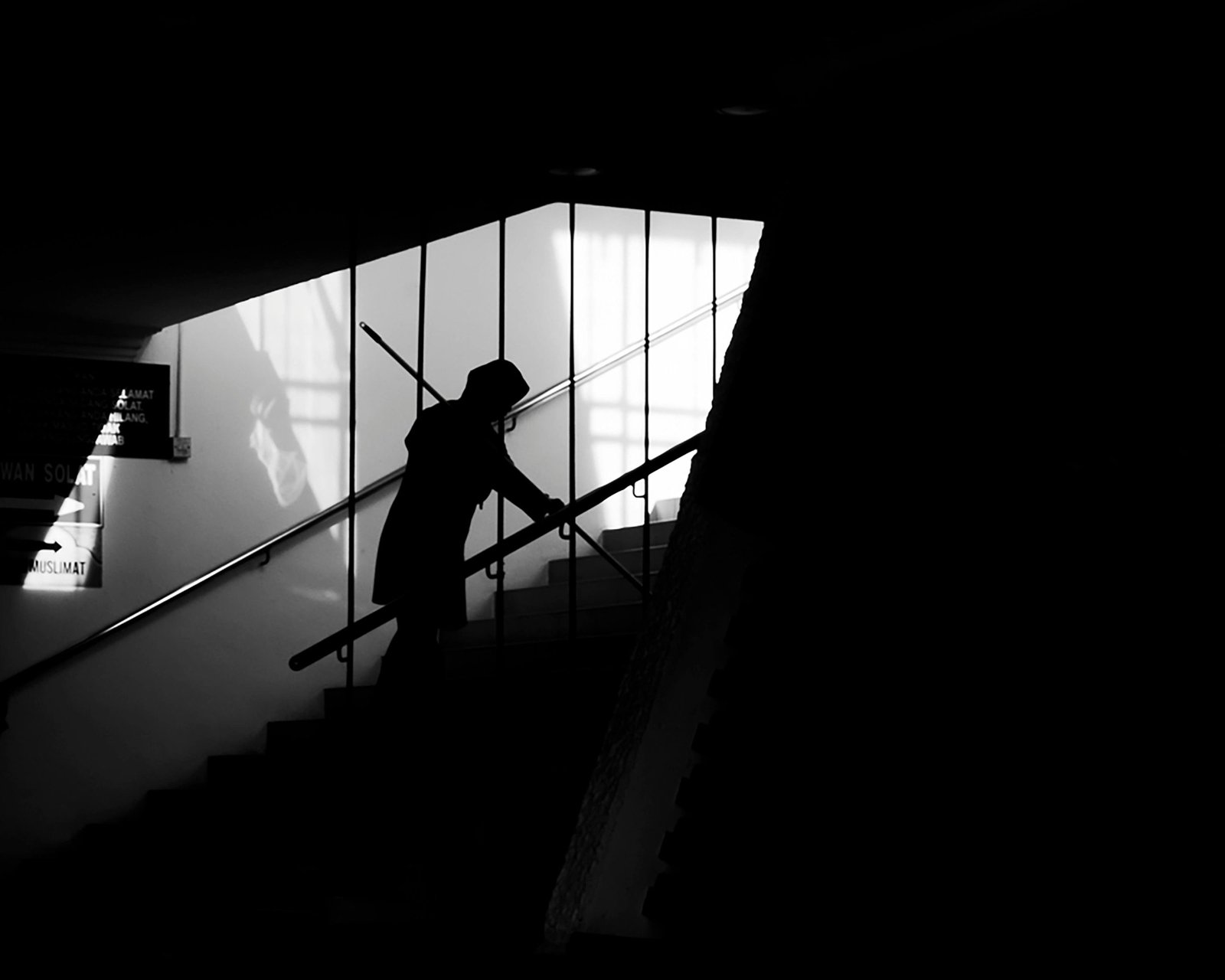Stair safety is paramount for seniors, as falls can lead to severe injuries. One effective way to enhance stair safety for seniors is by installing automatic stair lighting systems. These systems illuminate staircases automatically, providing better visibility and reducing the risk of trips and falls. This article explores the benefits of automatic stair lighting, the available types, and tips on choosing and installing the right system for your home.
The Importance of Stair Safety for Seniors

Staircases can pose significant hazards for seniors due to reduced vision, balance issues, and decreased strength. According to the Centers for Disease Control and Prevention (CDC), falls are the leading cause of injury and death among older adults. Therefore, ensuring that stairs are well-lit is crucial for preventing accidents.
Improving stair safety for seniors is a comprehensive task that involves several modifications. Installing automatic stair lighting systems is one of the most effective measures. These systems provide consistent and reliable illumination, which is especially important in low-light conditions or at night.
Benefits of Automatic Stair Lighting Systems
Automatic stair lighting systems offer several advantages that contribute to the safety and well-being of elderly individuals:
Enhanced Visibility: Automatic lights ensure the stairs are always well-lit, regardless of the time of day. This reduces the risk of missteps caused by poor visibility.
Energy Efficiency: These systems are designed to be energy-efficient. They often use LED lights and motion sensors that activate only when someone approaches the stairs, reducing electricity consumption.
Convenience: For seniors with mobility issues, automatic lighting eliminates the need to switch lights on and off manually. This convenience can significantly improve their quality of life.
Safety During Power Outages: Some automatic stair lighting systems come with battery backups, ensuring that the stairs remain illuminated even during power outages.
Types of Automatic Stair Lighting Systems
Various types of automatic stair lighting systems are available, each with unique features and benefits. Here are a few common types:
Motion Sensor Lights: These lights are activated by motion, turning on when someone approaches the stairs and turning off after a set period of inactivity. They are ideal for providing light only when needed, making them highly energy-efficient.
Step Lights: Installed directly into the stair risers or treads, step lights provide localized illumination for each step. They are discreet and effective in preventing trips and falls.
Handrail Lights: Integrated into the handrails, these lights offer a continuous line of illumination along the staircase. Handrail lights are particularly useful for individuals who rely on handrails for support.
Wall-Mounted Lights: These lights are installed on the walls along the staircase. They provide broader illumination and can be equipped with motion sensors or timers for automatic operation.
Choosing the Right System
When selecting an automatic stair lighting system, consider the following factors:
Brightness: Ensure the lights are bright enough to illuminate the entire staircase without causing glare or discomfort.
Energy Efficiency: Look for systems that use LED lights with energy-saving features like motion sensors and timers.
Ease of Installation: Some systems require professional installation, while others are DIY-friendly. Choose a system that fits your installation capabilities and budget.
Battery Backup: Consider lights with a battery backup feature for added safety during power outages.
Aesthetic Appeal: Select a system that complements the design and decor of your home.
Installation Tips
Proper installation is crucial for the effectiveness of automatic stair lighting systems. Here are some tips to ensure a successful installation:
Plan the Layout: Determine the optimal placement of lights to ensure even illumination along the entire staircase.
Follow Manufacturer Instructions: Carefully read and follow the installation instructions provided by the manufacturer.
Test the System: After installation, test the lights to ensure they activate and deactivate as intended.
Regular Maintenance: Perform regular maintenance checks to ensure the system functions properly. Replace any faulty components promptly.
Integrating Technology for Comprehensive Safety
Consider integrating automatic stair lighting with other smart home technologies for a more comprehensive approach to senior safety. The SeniorThrive app is an excellent resource for managing various safety features and ensuring the well-being of elderly individuals. This app can help you identify low-light areas of the home and improve your independence and safety, providing peace of mind for seniors and their caregivers.
In addition to automatic stair lighting, several other modifications can enhance stair safety for seniors. For more detailed guidance, check out our article on safe stair modifications for seniors’ mobility.
Conclusion
Automatic stair lighting systems are valuable to any home with elderly residents. By providing consistent and reliable illumination, these systems significantly reduce the risk of falls and improve overall safety. When choosing and installing a system, consider brightness, energy efficiency, and ease of installation to ensure the best results. Combined with other safety measures and technologies like the SeniorThrive app, automatic stair lighting can help create a safer and more comfortable living environment for seniors.
Pros and Cons of Automatic Stair Lighting Systems
| Pros | Cons |
| Enhanced Visibility: Ensures stairs are always well-lit. | Initial Cost: Can be expensive to install. |
| Energy Efficiency: Uses LED lights and motion sensors. | Maintenance: Requires regular checks and battery replacements. |
| Convenience: No need to manually switch lights on/off. | Complex Installation: Some systems may need professional installation. |
| Safety During Power Outages: Battery backup ensures continuous lighting. | Aesthetic Concerns: May not blend with all home decors. |
FAQs About Automatic Stair Lighting Systems
- What are the best types of automatic stair lighting systems?
- Motion sensor lights and step lights are generally the best for ensuring safety and energy efficiency.
- How do motion sensor lights work?
- These lights detect motion and automatically turn on when someone approaches, then turn off after a period of inactivity.
- Are automatic stair lighting systems energy-efficient?
- Yes, especially those using LED lights and motion sensors to minimize electricity usage.
- Can automatic stair lighting systems work during power outages?
- Many systems come with battery backups to ensure functionality during power outages.
- Do these lighting systems require professional installation?
- Some do, but many are DIY-friendly with straightforward installation instructions.
- How bright should the lights be?
- The lights should be bright enough to illuminate the stairs clearly without causing glare.
- Are there any safety concerns with automatic stair lighting?
- Ensure proper installation and regular maintenance to avoid any malfunctioning.
- How often should the batteries be replaced?
- This depends on the usage, but it’s advisable to check them regularly and replace them as needed.
- Can these lights be used outdoors?
- Some models are designed for both indoor and outdoor use. Check the product specifications.
- Is it worth integrating automatic stair lighting with other smart home systems?
- Yes, integrating with smart home systems can enhance overall home safety and convenience.



